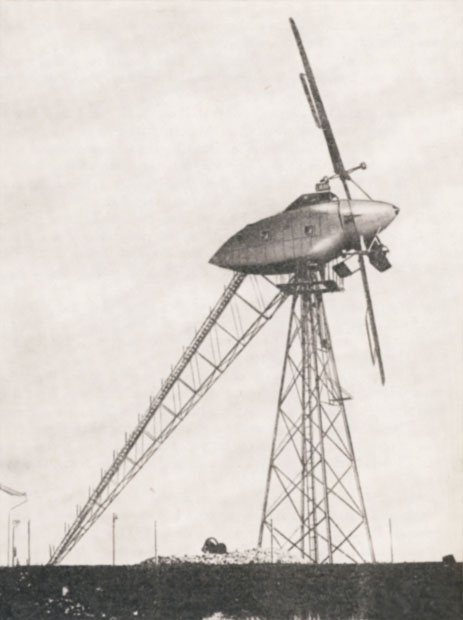Because “it takes too long to come down to ground level each day to make it worthwhile,” a crane operator on the Burj Dubai – the world’s tallest building – is rumored to have “been up there for over a year,” the Daily Telegraph reports.
His name is Babu Sassi, and he is “a fearless young man from Kerala” who has become “the cult hero of Dubai’s army of construction workers.” He also lives several thousand feet above the ground.
 [Image: The Burj Dubai, via Wikipedia].
[Image: The Burj Dubai, via Wikipedia].
Whether or not this is even true – after all, I never think truth is the point in stories like this – 1) the idea of appropriating a construction crane as a new form of domestic space — a kind of parasitic sub-structure attached to the very thing it’s helped to construct — is amazing; 2) further, the idea that crane operators are subject to these sorts of urban rumors and speculations brings me back to the idea that there might be a burgeoning comparative literature of mega-construction sites taking shape today, with this particular case representing a strong subgenre: mythic construction worker stories, John Henry-esque figures who single-handedly assemble whole floors of Dubai skyscrapers at midnight, with a cigarette in one hand and a hammer in the other (or so the myths go), as a kind of oral history of the global construction trade; and, finally, 3) there should be some kind of TV show – or a book, or a magazine interview series – similar to Dirty Jobs in which you go around visiting people who live in absurd places – like construction cranes atop the Burj Dubai, or extremely distant lighthouses, or remote drawbridge operation rooms on the south Chinese coast, or the janitorial supply chambers of inner London high-rises – in order to capture what could be called the new infrastructural domesticity: people who go to sleep at night, and brush their teeth, and shave, and change clothes, and shower, inside jungle radar towers for the French foreign legion, or up above the train tracks of Grand Central Station because their shift starts at 3am and they have to stay close to the job.
How do they decorate these spaces, or personalize them, or make them into recognizable homes? It’s like a willful misreading of Heidegger as applied to the question of building, dwelling inside, and thinking about modern infrastructure.
I’m reminded of a line from Paul Beaty’s new novel, Slumberland. Early in the book he writes, and my jaw dropped: “Sometimes just making yourself at home is revolutionary.”
 [Image: The Burj Dubai, via Wikipedia].
[Image: The Burj Dubai, via Wikipedia].
In fact, consider this an official book proposal – to Penguin, say: a quick, 210-page look at strange inhabitations, like that guy who lived inside a bridge in Chicago, only not some mindless catalog of quirky stories – like, ahem, that guy who lived inside a bridge in Chicago – but profiles of people with amazingly strange jobs who have to sleep in places no one else would even imagine calling home. Down beneath the streets of Moscow in a subway switching HQ in a little bunkbed. Out on the Distant Early Warning Line of the U.S. Arctic military – where it’s just you, a toothbrush, and the Lord of the Rings on DVD. You dream about forests.
Or perhaps there is a suite of individual employee bedrooms in some South Pacific FedEx re-routing warehouse, where long-haul pilots are required by labor law to sleep for ten hours between flights; they come through twice a year, leaving Robert Ludlum paperbacks behind for themselves to read later.
The micro-tactics of dwelling inside strange but temporary homes.
In any case, while I’m working on that, the rest of the Daily Telegraph article is worth a quick read.
(Spotted on Archinect).
 [Image: From Power from the Wind by Palmer Cosslett Putnam].
[Image: From Power from the Wind by Palmer Cosslett Putnam]. [Image: From a project for fish-farming the Thames by Benedetta Gargiulo, part of a recent design studio at the Architectural Association taught by
[Image: From a project for fish-farming the Thames by Benedetta Gargiulo, part of a recent design studio at the Architectural Association taught by  [Image: The subterranean granny flat of the future, via the
[Image: The subterranean granny flat of the future, via the  Last week,
Last week,  The theme for the day is
The theme for the day is  [Image: The
[Image: The  [Image: The
[Image: The